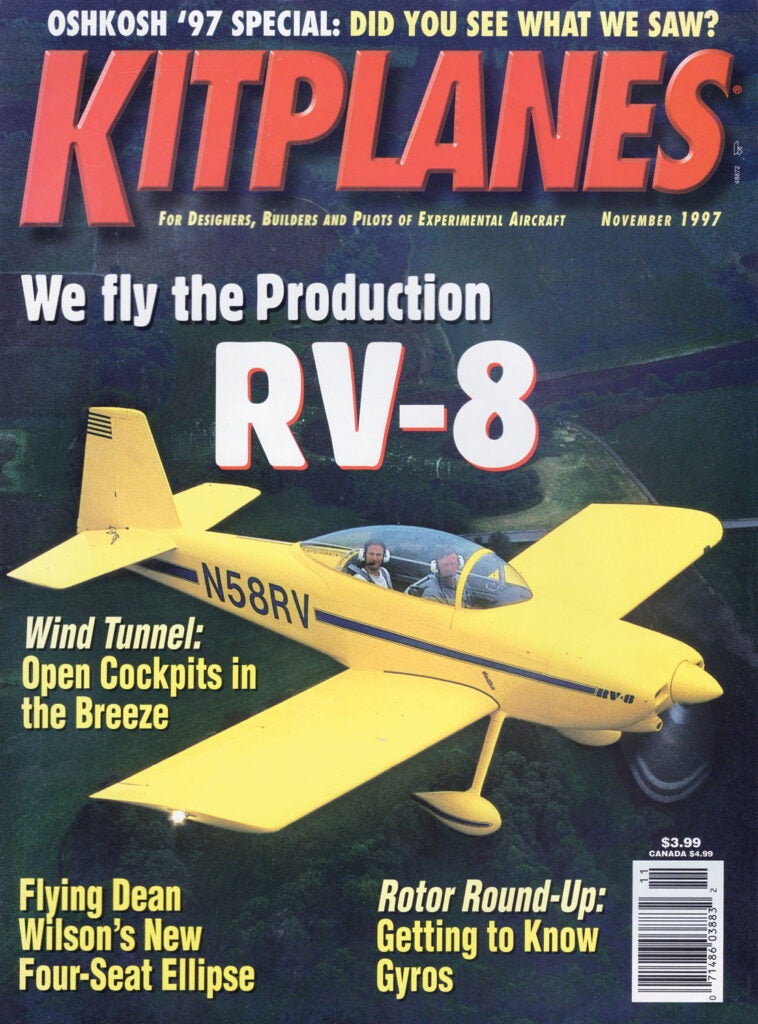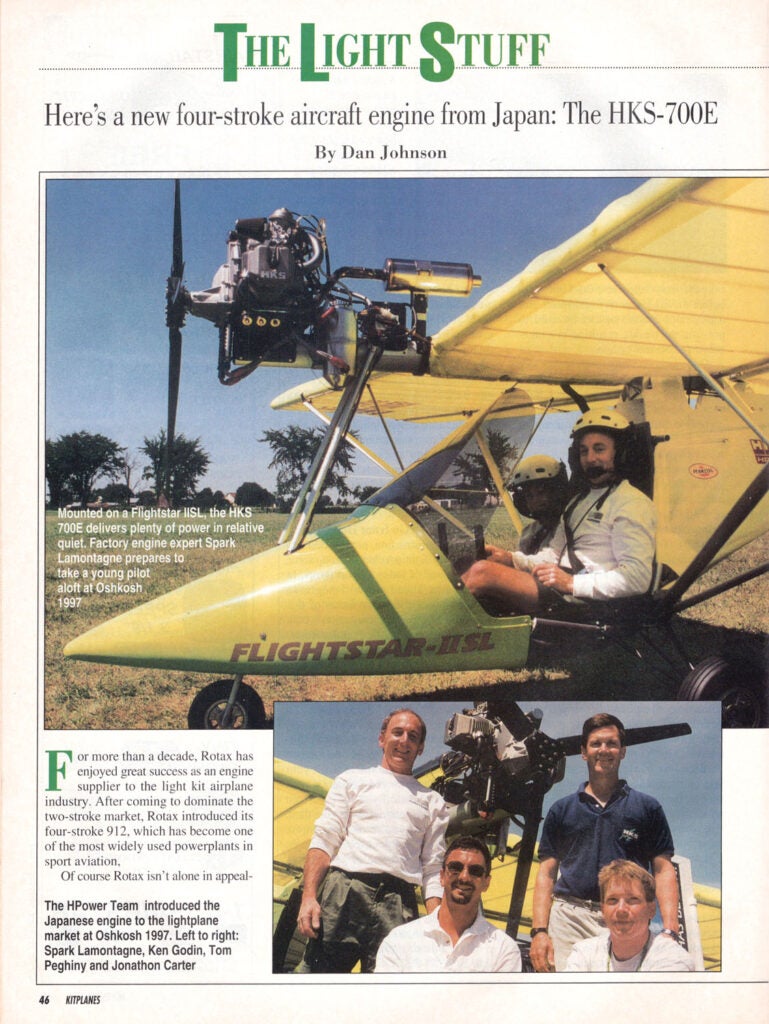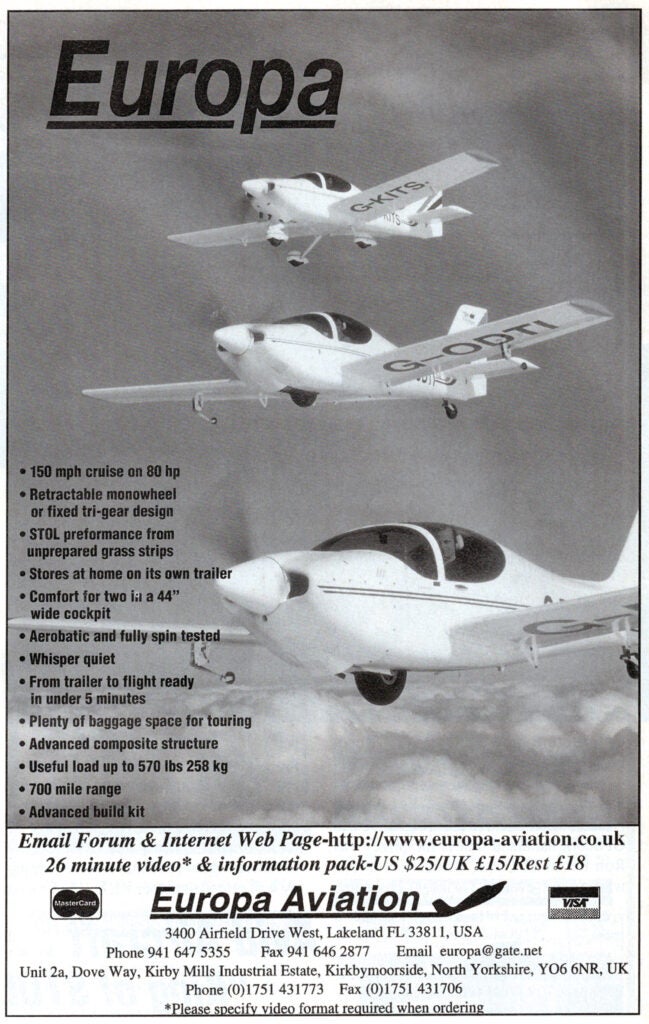 Ron Wanttaja sampled the still-new Van’s RV-8 for our cover story in the November 1997 issue. “Forget the Fat RV-4 idea; this is a whole new airplane,” he reported. Importantly, Ron flew an airplane actually more representative of the kits being delivered, explaining that the first prototype flown by Chuck Berthe in 1996 was more of a “proof of concept,” as described by Ken Scott, who was with Van’s at the time (and penned a neat short history of the RV-8 in this issue).
Ron Wanttaja sampled the still-new Van’s RV-8 for our cover story in the November 1997 issue. “Forget the Fat RV-4 idea; this is a whole new airplane,” he reported. Importantly, Ron flew an airplane actually more representative of the kits being delivered, explaining that the first prototype flown by Chuck Berthe in 1996 was more of a “proof of concept,” as described by Ken Scott, who was with Van’s at the time (and penned a neat short history of the RV-8 in this issue).
Among the important changes from the first prototype, the Number 2 ship had a taller and “newly proportioned” vertical stabilizer and rudder as well as 3-inch-taller main gear. The fuselage near the passenger was widened. And the instrument panel had been raised by an inch to aid ingress. Egress, too, if you’re into that.

Although the second prototype RV-8 had the smallest of the recommended engines, a 160-hp Lycoming O-320, it still performed well, averaging 178 mph on the GPS at 2500 feet. Wanttaja summed it up thusly: “Van’s has come up with an airplane with the celebrated performance and handling of the earlier models, but with enough room to fit all but the very largest pilots.” Maybe that’s why it has endured these 25 years.
Elsewhere in the issue, we remembered Oshkosh ’97 as “one of the best,” thanks to great weather, good crowds and lots of news. In his column, editor Dave Martin happily reported that the Sosnoski brothers’ beer tent was up and running; the year before, their house, which adjoined the airshow’s footprint, had been “leveled by order of the county and turned over to the EAA in a land swap.” The indefatigable brothers set up a tent just down the road and kept the airshow afloat, so to speak.

We continued a series on building a RotorWay Exec helicopter—at the same time announcing that RotorWay had just been purchased by its employees—and Dan Johnson shared the news of a fresh engine from Japan: the HKS-700E. It was shown on a Flightstar IISL. The twin-cylinder, horizontally opposed engine made 60 hp and displayed the “Japanese penchant for quality.” Finally, Howard Levy described the build of a Cirrus VK30 by Cy Mehling, then 70 years old. When we reported on it, Mehling’s was the only of the 30 Cirrus kits flying. Cirrus had already abandoned the kit market and was well along with a conventional tractor design what would become the SR-20.













